Cars are passenger-carrying vehicles with four wheels that are meant for transportation. The first automobile was a pedal-driven carriage. The steam-powered automobile of the late 18th and early 19th centuries came next.
The first internal combustion-powered automobile was unveiled in the latter part of the 19th century, and since then, it has developed into the gasoline-powered car we know today.
According to the manufacturers, cars are available in various types and designs.
Cars are renowned for their comfort to passengers in terms of seating, air conditioning, and protection from weather elements like rain, dust, etc.
A car’s physical characteristics, such as its height and engine size, are used to categorize it into several models. The two models that people are most familiar with are sedans and SUVs.
The difference between sedan and SUV is that a sedan is smaller in size and is more fuel efficient while a SUV is bigger and consumes more fuel.
So, let’s learn about sedan and SUV by the given definition below:
Table of Contents
Sedan
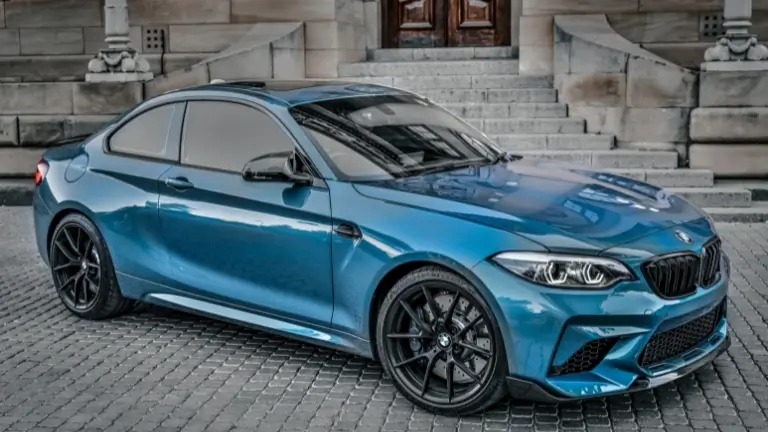
A sedan is the most excellent type of car for those who prioritize comfort above all else. Practically speaking, it is a four-door vehicle that is both roomy and fuel-efficient. They are made to prioritize a comfortable ride and high efficiency.
Sedans are safer than other automobile architectures because of their improved weight distribution, making them more stable and fun to drive.
Characteristics
- The most popular car body type is the sedan. It has three distinct compartments for the engine, cargo, and passengers.
- The passenger compartment features two rows of seats with the engine at the front and the cargo area at the back.
- It typically has four doors, but there are variants with only two doors and low ground clearance.
- Additionally, the window frames are fastened, and all windows are completely closed.
- They have a lower center of gravity.
SUV
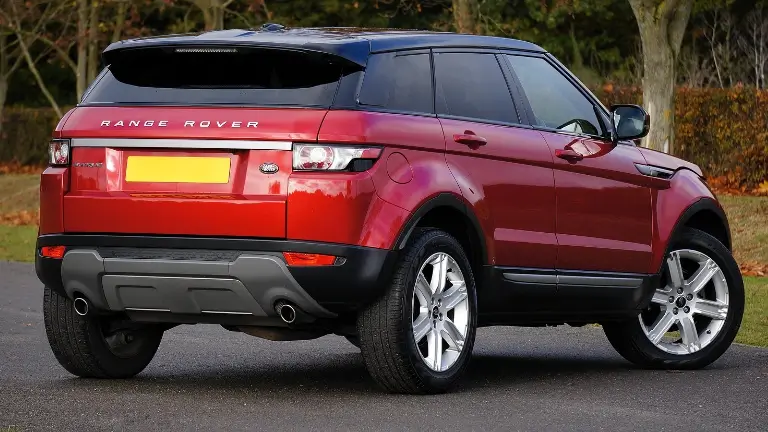
Utility vehicles include SUVs. They are designed to be more robust, substantial, and potent than a sedan. Although some modern SUVs have a greater emphasis on urban ride comfort, they are fundamentally designed for utility, which means they can manage rough roads and go off-road.
Characteristics
- A sport utility vehicle (SUV) has a station land rover form but a light truck frame.
- It can be used on or off-road and may or may not have four-wheel drive. It combines the advantages of a minivan, a pickup truck, and a large sedan.
- SUVs with four wheels can be utilized off-road, but they are typically driven on paved roads. Because of their size and weight, which cause them to need more fuel, they are expensive to maintain.
- SUVs have a combined passenger and cargo area with an engine compartment and three rows of seating.
- They have a high center of gravity due to their upright, boxy design and increased cargo capacity.
Difference Between Sedan and SUV
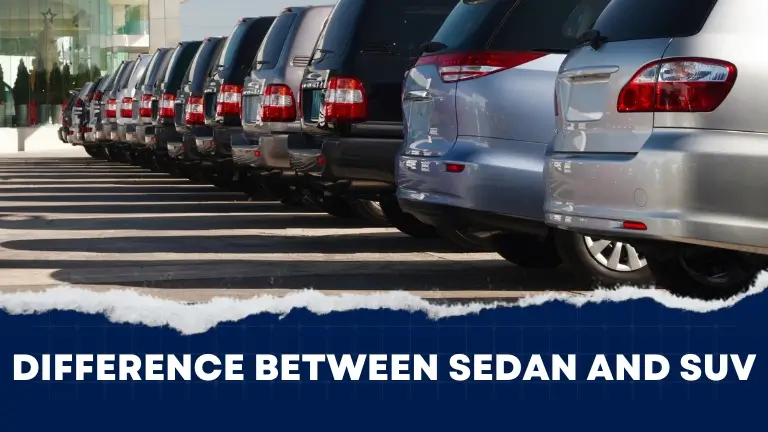
The main differences between Sedan and SUV are given below:
The difference between Sedan and SUV is that the sedan is the most regular and widely used automotive body style. Sedans are easy to operate and offer more inside space, comfort, and legroom.
On the other hand, an SUV is a car with a station wagon-like shape but with a light truck chassis. Utility vehicles include SUVs. Compared to sedans, they are more complex, bigger, and more powerful.
Another difference between Sedan and SUV is that Sedans are typically 4 or 5-seaters and are called family cars. While SUVs usually are 7 or more-seater Vehicles.
The decision between choosing a SUV and a sedan depends on the location, the road conditions, the number of passengers, the driver’s priorities, their financial situation, and the availability of gasoline.
Sedan Vs. SUV
The main comparison between Sedan and SUV are given below:
Door and Wheels
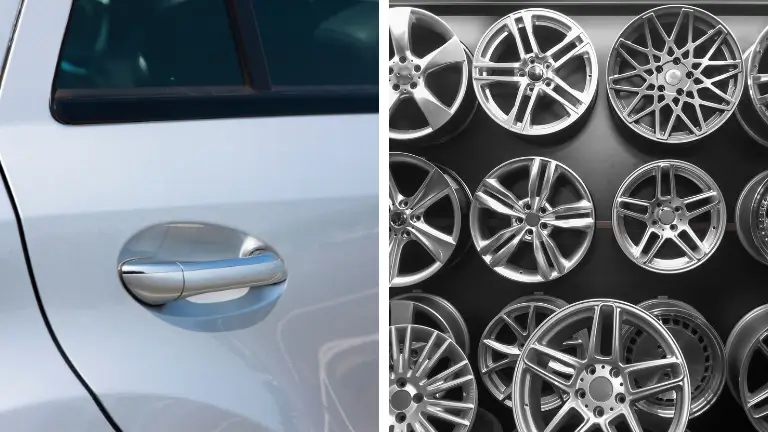
Compared to sedan vs. SUV, Sedans typically have four doors and modest ground clearance, while specific versions only have two doors.
On the other hand, SUVs feature four doors and four wheels, and have a considerable ground clearance.
Size and Fuel Consumption
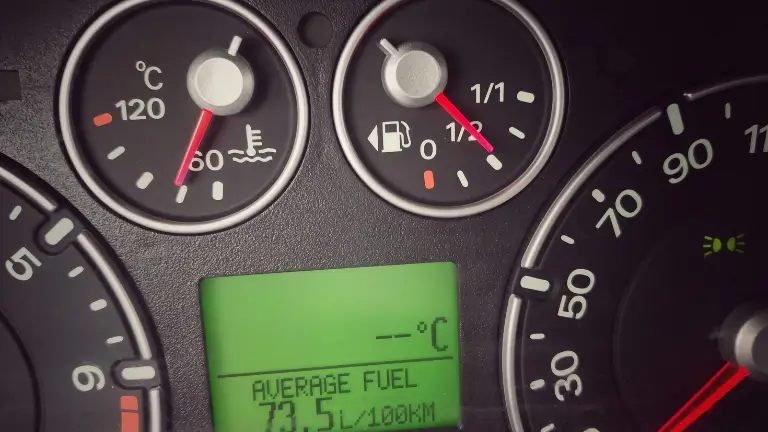
When we compare Sedan vs. SUV in terms of size and fuel consumption a sedan is smaller and uses less fuel. Whereas, SUVs are larger and use more fuel.
Maintenance and Parking Facility
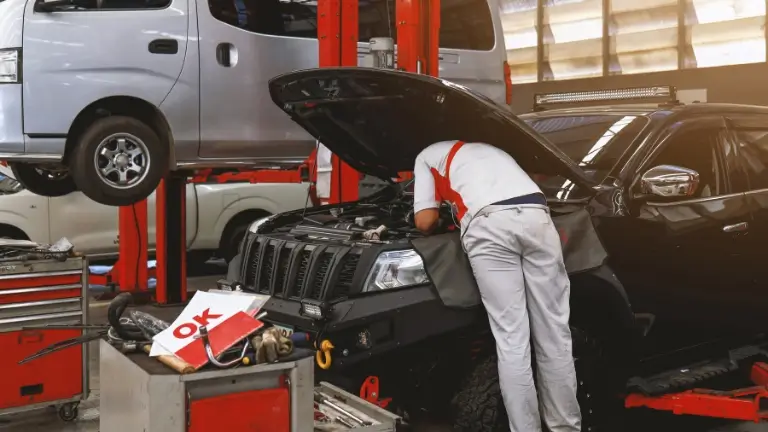
Compared to SUVs, sedans have less wear and tear and require less maintenance. SUVs are more likely to break down and require more frequent maintenance.
Due to its small size and design, a sedan could be parked anywhere. In comparison, we will need help parking the SUV due to its enormous size.
SUV Vs. Sedan: What Shall We Prefer for Buying?

Well, there are many things to remember when comparing SUV vs. sedan for buying.
The most typical one is the size. The budget, engine size, power output, Speed, and so forth are additional key features.
When people choose an SUV, they typically use it for weekend trips to locations where a regular car couldn’t go. Primarily for excitement, some people purchase SUVs as status symbols.
Sedans are ideal family vehicles. It has enough room to fit a family of 4 in comfort, a large boot for luggage, and it’s safe and simple to drive in the city.
1. Setup with Softer Suspension
Compared to SUVs, sedans feature a softer suspension. SUVs have stiff, harsh suspension setups because they are made to be able to handle rough roads and big loads. In general, a sedan offers a more comfortable ride.
2. Steadiness at High Speeds
Compared to SUVs, sedans have a lower ride height. Furthermore, they are long and sleek. This results in a low movement of gravity which helps to significantly lessen any potential body roll while turning.
When turning or running at high speeds, sedans are clearly more stable than an SUV.
What are the Differences Between Sedan and SUV?
Highlighting the main differences between sedan and SUV in the following table:
| Sedan | SUV |
|---|---|
| Sedans typically seat 4 to 5 people and are considered family vehicles and practical for daily use. | SUVs (Sporting Utility Vehicles) are 7-seaters classified as sports vehicles and can occasionally be used for travel. |
| Sedans have a low center of gravity and lower ground clearance. | SUVs have a high center of gravity and higher ground clearance. |
| Sedans are more compact and use less gasoline. | SUVs are larger and use more gasoline than other vehicles. |
| Sedans only provide a good drive on smooth roads. | SUVs even provide the best driving experiences on poor and rocky roads. |
| Examples: BMW, Toyota Camry and the Honda Accord. | Examples: Range Rover, Chevrolet Suburban. |
Conclusion
The difference between sedan and SUV is that a sedan has a more comfortable ride quality than an SUV. Get a sedan if the majority of your travel will be on highways and in cities. It is faster, more comfortable, and significantly more fuel efficient-unless you are over 6 feet tall.
SUVs are better if your route includes rough roads or if you need room for more than 5 passengers. It also aids in any luggage requirements. But remember that SUVs have lower fuel economy and are generally more expensive to keep.
Continue Reading: What is the Difference Between Knitting and Weaving?


